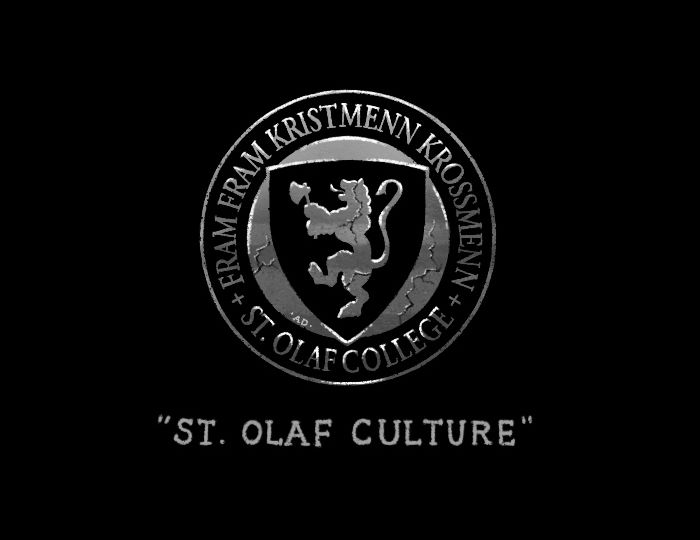
St. Olaf is a predominantly white institution that has the power to either challenge or reproduce inequality. The governance of an institution like this one is complicated, and there are varying levels of intricate and convoluted power which produce what we have come to refer to as “Ole culture.” The removal of the President, or a change in the Board of Regents, or a large curricular shift would no doubt change the tone of campus conversations and values, but current Ole culture exists in oppressive forms on campus primarily because not enough white students are committed to challenging that inequality.
This past calendar year, five Black women left the College. These departures are not a coincidence but rather a consequence of current Ole culture which silences Black voices on campus. Michelle Gibbs was a Black female professor in the theater department, and when she left the school, she wrote an open letter detailing her difficult experiences and calling her colleagues to action. She was the first to name and reference the detriment of Ole culture.
Breaking down the Ole starts with an analysis of how the distinctive St. Olaf culture is created at all. Ole culture is built and reinforced throughout so many levels of power within the community.
Ole culture is innate within St. Olaf’s institutional structure. The school is residential, rural and Midwestern. There is religious history that shapes old systems like chapel that still exist in everyday St. Olaf life. The school is selective and competitive and values upward mobility. It strives to keep up with even more selective peers and is an image-conscious institution. St. Olaf is also deeply affected by the greater United States and recreates things like the value of individuality or great injustice that disproportionately burdens BIPOC communities across the country as a whole. St. Olaf’s structure was built for affluent white students, and continues to cater to those demographics, as they hold most of the power.
There are alumni and donors who have financial power and the ability to affect some larger changes at the school. Much like the Board of Regents has the power to govern St. Olaf without having any deep connection with everyday life on campus. The President and his leadership team hold power in steering the College, as well as taking action in effectively communicating with the student body. The staff have power as they make decisions about the daily life and built environment of the College. Faculty get to be in close contact with students, often hear insider complaints and can also make varying changes based on their position.
These roles are all pieces to the larger puzzle of how St. Olaf is governed, so to address Ole culture full on, every single level of this power structure would require examination. Gibbs wrote a call to action to the faculty — just one aspect of Ole culture. She gave the example of curriculum, detailing that what white colleagues and white students set the standard to which she was held in her classrooms, and that her methods were often called “inappropriate” or “unacceptable.”
There is one last group on campus that deeply shapes Ole culture which cannot be overlooked: the students. Gibbs’s account implicates that students, particularly white students, have immense power too. The school exists because of the students. Students pay tuition that allows this place to run. We may be able to appoint a new president or get a large donation towards justice work, but those changes cannot undo Ole culture. We, as people, create culture. Culture does not exist outside of human beings, and so the largest factor in creating Ole culture is St. Olaf students.
Lisa Moore, previously a Black female professor of social work, responded to Gibbs and included a story in which she talked about having to walk around campus with headphones in because of the suffocating whiteness. Moore’s testimony reflects that this place was not structured to make space for difference. It also reflects that the structure has not changed throughout St. Olaf history. White students continue to come to this school and be complacent.
I believe that white students are the main perpetrators of Ole culture. Together, students would be able to challenge the inequality that is constantly reproduced on campus. But white students are silent. And that silence is deafening.
peacor1@stolaf.edu
Grace Peacore ’21 is from Pasadena, CA. Her major is
Sociology/Anthropology.

